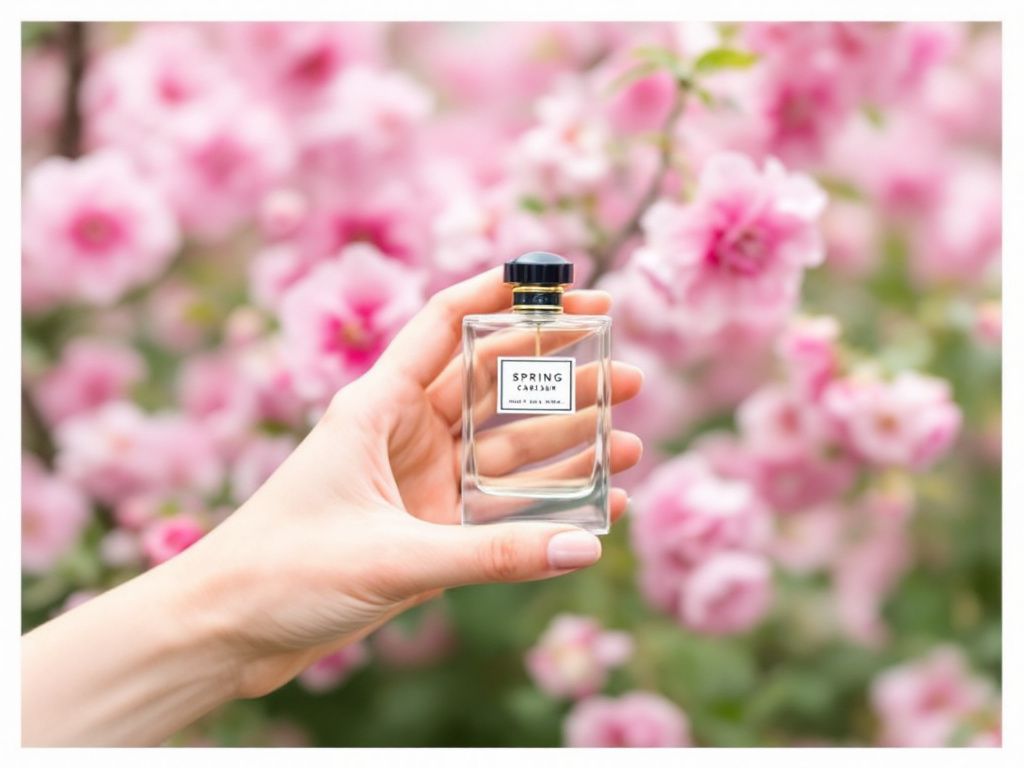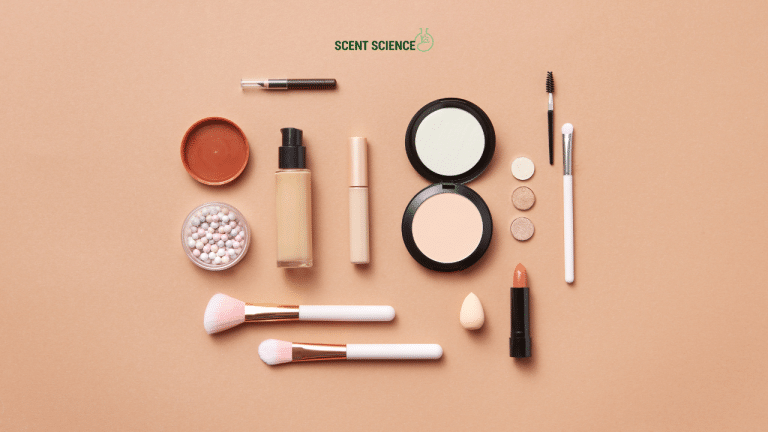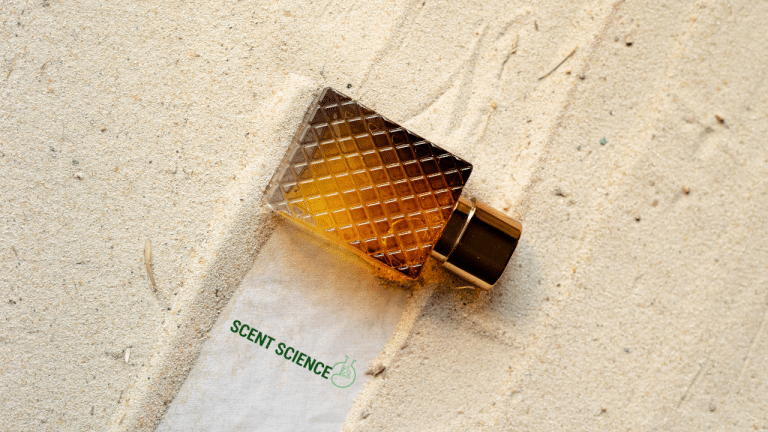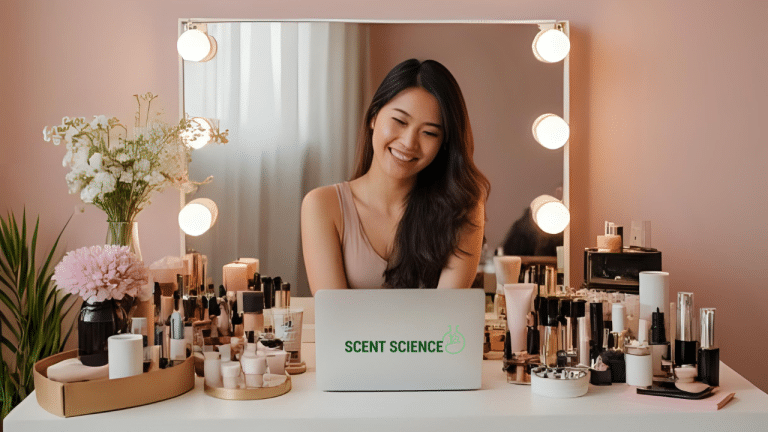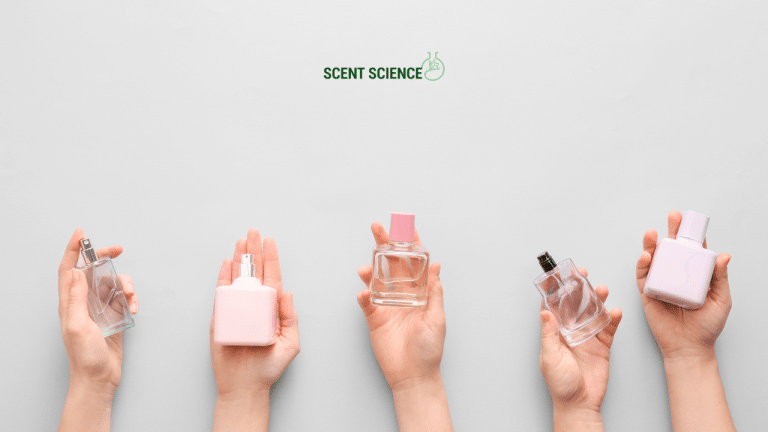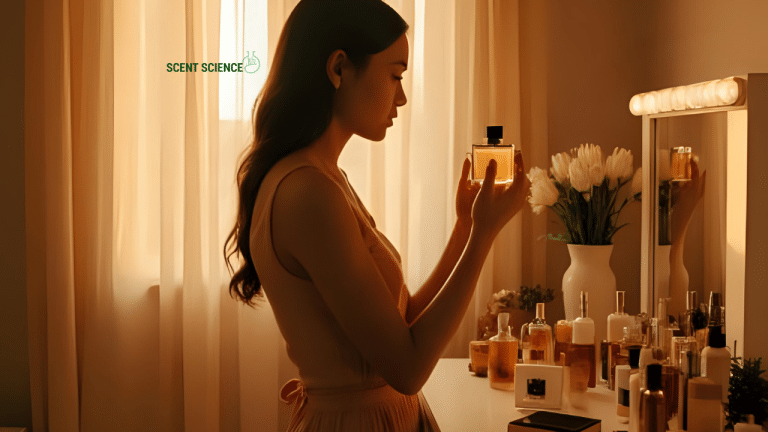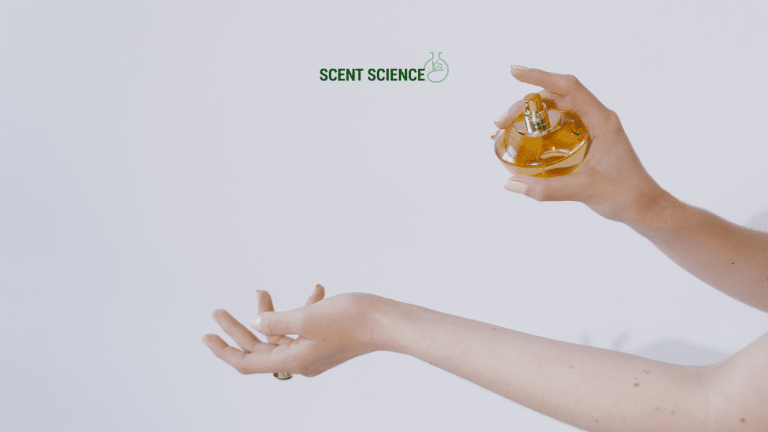Spring is ushering in a fragrant revolution, a period where the air is steeped in scents that promise to refresh your senses and your feed. As we navigate this olfactory journey, it’s crucial to not just wear these new fragrances but to understand them in depth. As an expert content creator with intimate knowledge of the fragrance industry, this trend report takes you through the scents ready to dominate the spring season. 🌸
—
Table of Contents
ToggleThe Science Behind Spring Scents
Spring fragrances, defined by their light and fresh compositions, are intricately crafted using specific notes that have psychological as well as sensory impacts. Spring is synonymous with renewal, and perfumers use carefully selected ingredients like florals, citrus, green leaves, and aquatic notes to mirror the season’s themes.
The Olfactory Pyramid
Understanding fragrance begins with the olfactory pyramid, which includes:
- Top Notes: These are the first impression makers—light, volatile, and sharp. In spring scents, common top notes include lemon, bergamot, and grapefruit.
- Middle Notes: Also known as heart notes, these develop after the initial impression fades. Lavender, rose, and jasmine often form the core of spring perfumes.
- Base Notes: These provide depth and lasting qualities to the scent, often using musk, cedarwood, and amber.
Clinical studies indicate that top and middle notes directly influence mood and stress levels, enhancing the overall appeal of spring fragrances. According to a study published in the Journal of Advanced Research, citrus scents can reduce anxiety, demonstrating the choice for these notes in seasonal perfumes.
—

Trends and Innovations in Spring Fragrances
Let’s delve into the transformative trends that are shaping the landscape of spring fragrances this year.
Sustainable Perfumery 🌿
Sustainability is no longer just a buzzword—it’s the pillar upon which many fragrance houses are building their latest scents. From sourcing eco-friendly ingredients to producing biodegradable packaging, the entire life cycle of a spring fragrance is being reimagined.
Case Study: Firmenich’s Ecodesign
Firmenich, one of the world leaders in fragrance and flavor, has set the standard with its ecodesign approach. They focus on reducing carbon footprints in the sourcing and production of natural ingredients like green tea used in their scents. Their innovative waterless molecule creation technique reduces the need for traditional solvent extraction, further minimizing environmental impact.
Tech-Infused Fragrance Customization 🎮
The intersection of technology and fragrance has given rise to personalized grooming and perfume experiences. AI tools are currently being employed to understand user preferences and predict fragrance choices based on environmental data and past behavior.
Industry Insight: Scentbird’s AI Engine
Scentbird, a subscription-based fragrance service, uses an advanced AI engine to recommend fragrances based on a user’s personal data. This personalization plays perfectly into the digital age where bespoke consumer experiences reign supreme.
Gender-Neutral Fragrances ⚧️
In a reflection of societal shifts, gender-neutral fragrances are increasingly influencing seasonal perfume trends. These scents draw on a harmonious blend of masculine and feminine notes, transcending traditional fragrance categories.
Real-World Application: Calvin Klein’s CK Everyone
CK Everyone capitalizes on this trend by creating a versatile scent palette that’s rooted in citruses, herbal, and aquatic blocks, appealing to individuals beyond gender boundaries.
—

Standards and Best Practices in Fragrance Manufacturing
Essential Oils and Aromatherapy in Fragrance Formulation
The use of essential oils is a staple in creating fresh scents. However, the quality and sustainability of sourcing these oils can vary dramatically. As per the standards put forth by the International Fragrance Association (IFRA), ensuring the purity and ethical sourcing of these oils is critical.
Practical Tip: Opt for IFRA-certified Fragrances
Consumers should prioritize products adhering to IFRA guidelines to ensure both safety and sustainability. When selecting a spring fragrance, check for certifications aligned with these international standards.
Regulatory Compliance in Natural Fragrances
European legislation heavily governs the fragrance industry, requiring transparency in ingredients and allergen listing. Brands are increasingly participating in initiatives like RIFM (Research Institute for Fragrance Materials) that support safe fragrance creation while fostering scientific social responsibility.
—
Psychosocial Impacts of Spring Fragrances
The fragrances you wear can extend beyond personal satisfaction and signal identity, mood, and even sociocultural status:
**1. Cultural Resonance**
Fragrances are tied to cultural narratives; the prevalence of lavender and verbena in European spring fragrances is a nod to heritage and local flora.
**2. Social Mood Modulation**

Statistics from the Fragrance Foundation show that uplifting scents can boost social interactions by up to 35%, solidifying the social credentials of fresh, energizing spring perfumes.
—
Practical Tips for Choosing Spring Fragrances
Selecting the right fragrance is an art, but here are some expert pointers to guide you:
- Patch Test Across Daylight Hours: Wear a potential fragrance across the day to see how it develops—humidity and temperature affect scent dispersion.
- Layering Fragrances: Consider complementing a selected fragrance with a body lotion or a hair mist from the same scent range to extend the longevity of the wear.
- Environment and Activity Specific Choices: Choose a scent in tandem with your daily routine. Opt for a citrus base for active mornings and a floral profile for serene afternoons.
—
Future Direction of Spring Fragrances
As we look toward the future, the role of biotechnology in scent creation (using engineered microorganisms to produce fragrance molecules) stands to revolutionize the industry, further reducing ecological impact and enhancing scent complexity far beyond traditional methods.
🎯 **Metrics of Success**: As brands track consumer engagement through digital channels, expect to see increased reliance on data analytics to adjust fragrance profiles in real-time, an innovation already seen in L’Oréal’s product line adjustments based on consumer feedback metrics.
—
Conclusion
Spring 2023 is more than the heralding of lighter clothes and fresher scents; it’s a step towards conscious creation and user-tailored experiences. The key scent trends capture a world eager for upliftment, sustainability, and personalization—concepts that promise to transform the perfumery landscape. Armed with this knowledge and mindful of industry standards, you can now confidently select a spring fragrance that resonates with your ethos and presence.
Stay ahead in the fragrance game and let your scent narrate the story you wish to tell this spring. 🌺
Frequently Asked Questions
What are the benefits of using a hair mask in my hair care routine?
Using a hair mask can provide several benefits, including hydration, smoothing, strengthening, curl definition, heat protection, and damage repair. Hair masks infuse the hair with moisture, help coat the hair shaft to seal split ends, reduce breakage, and protect the hair from heat styling and environmental damage[1][4].
What ingredients should I look for in a hair mask?
Effective hair masks often include ingredients such as coconut oil, argan oil, shea butter, honey, avocado oil, green tea, and coconut water. These ingredients provide nourishment, moisturize, and protect the hair, offering benefits like softening, moisturizing, and protecting against damage[2][5].
How often should I use a hair mask in my routine?
You should use a hair mask whenever your hair feels dry, unmanageable, or in need of intense hydration. This can vary depending on your hair type and needs, but generally, using a hair mask once or twice a week can help maintain healthy and moisturized hair[1][4].
How do I apply a hair mask for the best results?
To apply a hair mask effectively, shampoo your hair first, then apply the mask, focusing especially on the ends where hair tends to be the most damaged. Leave the mask on for anywhere from 10 minutes to overnight, depending on the type of mask and your hair’s needs[1][4].
References
